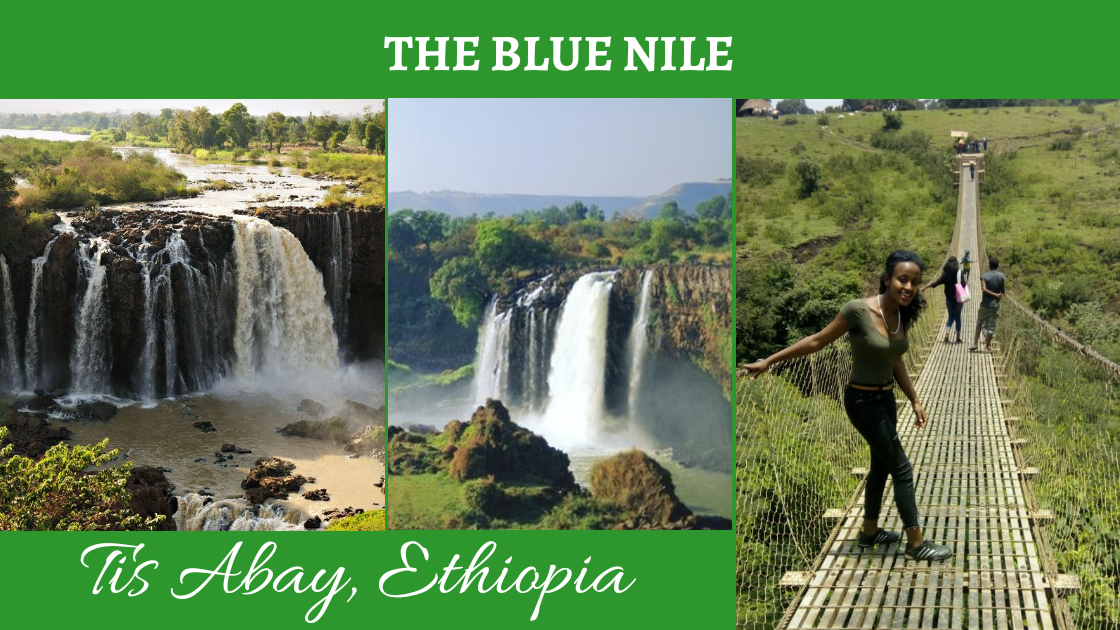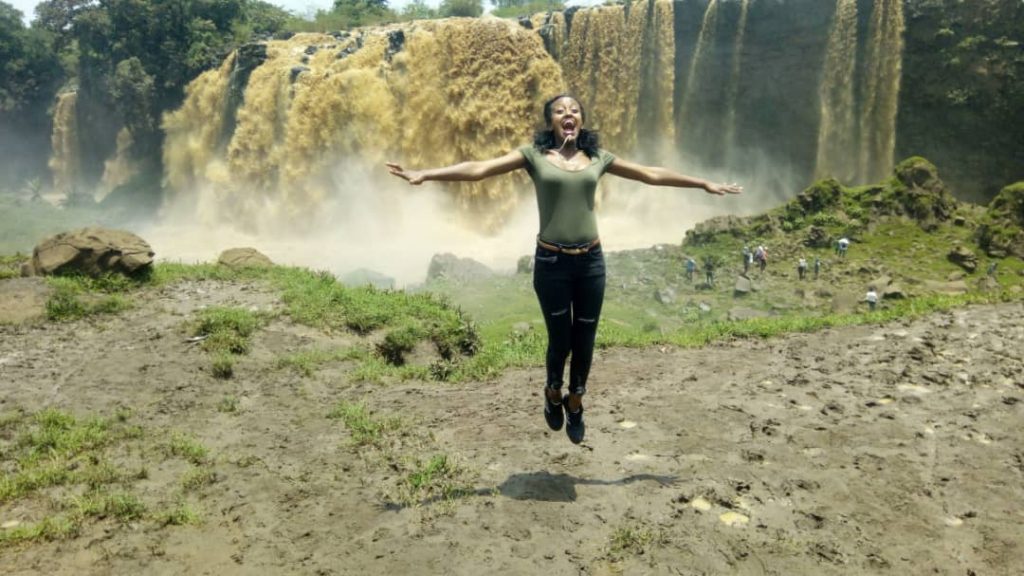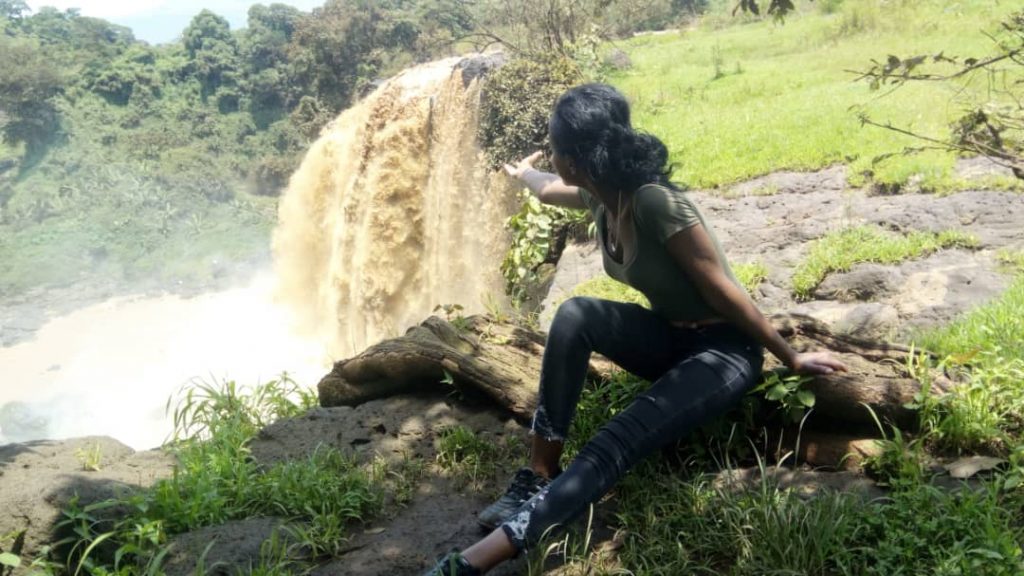



By Hana
The first things which comes to most people’s minds when they hear of Ethiopia are likely very different.
Most know of the good stuff about Ethiopia, like how it is the land of African origin, the land which has never been colonized.
Some know Ethiopia as the home to some notable people – like the greatest runner Haile G. Selassie, the man who won a marathon for the first time – Abebe Bikila, and the first woman to win in the Olympics – Athlete Derartu Tulu.
Others know Ethiopia as the most diversified country, having the highest and the lowest lands.
Today I want to say something about the blue Nile, or as as we (Ethiopians) call it, the “Chis Abay”.
The name indicates the nature of the falls, since a smoke like nature appears when the water falls, so they called it Chis Abay, aka Tis Abay, which means “great smoke” in Amharic.
This twofold enigma never ceases to puzzle explorers. It was long known that two big rivers merged to form the Nile, and that the city of Khartoum stood at their confluence.
The Nile was named “blue” due to the dark colour of its waters.
But how far upstream one of these rivers could one go?
The Jesuits, who possess much knowledge about the rivers, set off for adventure.
The name of the first was Pedro Saez, a Spaniard who discovered two natural springs, sixty kilometres south-west of Lake Tana at the foot of Mount Gish on 21st April 1618.
From there flows a river which little by little swells and reaches the lake.
Ten years later, another Jesuit, Father Lobo, witnessed a ceremony of the Agaw tribe at this same site.
Their ritual brought them to this place to sacrifice cows and, to prove their adoration and gratitude to the river. They throw the heads of their finest beasts into it. People assumed this was the cause of the falls.
Naturally, the Jesuit protested against these heathen practices, and provided a far more scientific explanation for the floods of the Nile: the river’s flow rate increased due to the rain and the melting snow. As simple as that.
The expedition financed 350 years later by the Emperor Haile Selassie added nothing new: the Blue Nile really does come from Lake Tana, at the heart of the Ethiopian Highlands. there are many tributaries of the Abay between Lake Tana and Sudanese border those on the its left bank. It has the most amazing nature of beauty.
When I first saw it, I thought I was dreaming, because it is every Ethiopian’s dream to visit the blue Nile. I felt like my dream had just come true – “I am here, at this amazing mysterious place. This is what everybody is talking about. This is the famous Abay.”

I could imagine why they were so amused by the nature of the falls. It was beyond my imagination, and it really gives you this inexpressible feeling.
I felt like I was where I am supposed to be, and for a minute there, I was being cleansed with holy water, in a beautiful surrounding that will persuade you to stay right where you are.

In that moment, everything else ceased to matter, as I stood there in awe of this gorgeous place where the hand of God is expressed in the most amazing way possible.
I felt like that was the place I was supposed to stay, like it was my origin for so many years, but no one really expressed it as it should have been expressed.
It wasn’t just the water falls. The whole environment feels like heaven. I found true peace of mind. The place has so much to offer – from the Sebera Dildiy stone bridge which was constructed nearly before 400 years, to the hills, the most beautiful villages, and the most generous people who live there.
I can’t wait for you to experience the magic that is the Chis Abay!
